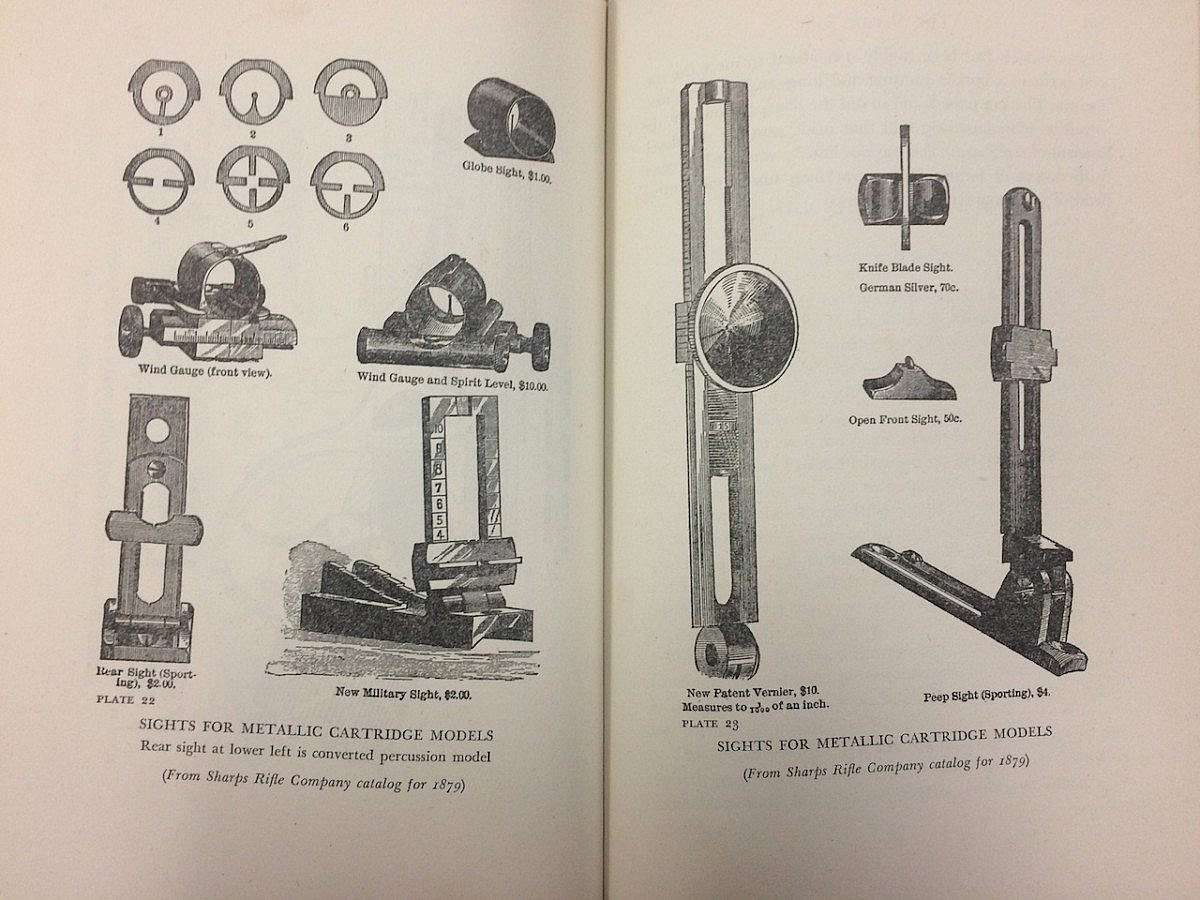
Powder Hour: The Sharps Legacy
The Sharps name has been popular in firearms since the 19th century. Christian Sharps has a huge impact on the history of firearms and the history of the American West. He began at Harpers Ferry Arsenal as an apprentice in manufacturing and learned a lot during that time. By 1848, Christian was able to obtain a patent for the design of his breech-loading rifle. The following year, his first rifle, the Model 1849 was manufactured by A. S. Nippes & Company.

With the Civil War dawning, the breech-loading rifle that was designed by Sharps was the first breech-loader to be widely produced. The Union and Confederates used the firearm, as well as earlier orders from the Navy in 1859. The Sharps rifle grew much fame as a sniper rifle in the Civil War, as well as in competitive shooting. It was used by the American Rifle Team at the first international long rifle match, in which the team won. In addition to shooting for sport, the Sharps rifles was also popular amongst buffalo hunters in the late 19th century.
One popular Sharps rifle was the 1874 Falling Block Single Shot Rifle that was made by the Sharps Rifle Manufacturing Company but was not designed by Christian Sharps. It could be chambered in .45-70 or .50-70 Government and it was originally manufactured from 1871 through 1881. The so called .50 caliber “Buffalo Gun” could be outfitted with a double set trigger and was popular on the American frontier.

The Second Battle of Adobe Walls in 1874 earned the Sharps rifle more popularity due to the rifle’s accuracy. A battle brewed between Comanche forces and bison hunters in Texas. Men like Bat Masterson, William “Billy” Dixon, and Comanche Chief Quanah Parker, son of Cynthia Ann Parker, were among the men there during the battle. The battle went on for many hours at close range with sixteen casualties. After three days, Comanche forces rode out to survey the situation and it is said that Billy Dixon fired a shot at almost a mile away with a Sharps long range rifle that killed a Comanche warrior on horseback.
Many of the Sharps models had vernier sights but it was not uncommon for a Sharps rifle to have an open sight or a globe sight. The Sharps Rifle Company catalog from 1879 shows that globe, vernier, and peep sights were all available for metallic cartridge models. Many in our collection here, have vernier sights.

The Sharps Rifle Manufacturing Company was not actually owned by Christian Sharps and by 1853 he had completely severed all ties with the company because of their poor relationship. Therefore, firearms were still manufactured by the company and under his name. He later died in 1874 but he earned his reputation in the firearms legacy. Many reproductions of Sharps rifles continue to be manufactured for target shooting and hunting.
Written By
Rebecca Hoback
Rebecca Hoback is from Nashville, Tennessee. She is a graduate from the University of Tennessee at Chattanooga, where she earned a bachelor’s degree in History. In 2016, she served as a Cody Firearms Museum Intern as well as a Firearms Records Intern. Her interest is in Civil War history and the history of the American West. She went on to study for her master’s degree in History with a concentration in Public History, and pursue a career as a curator.
